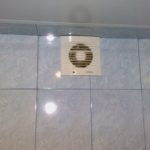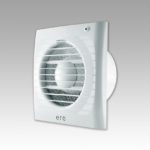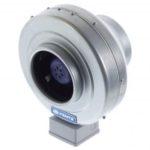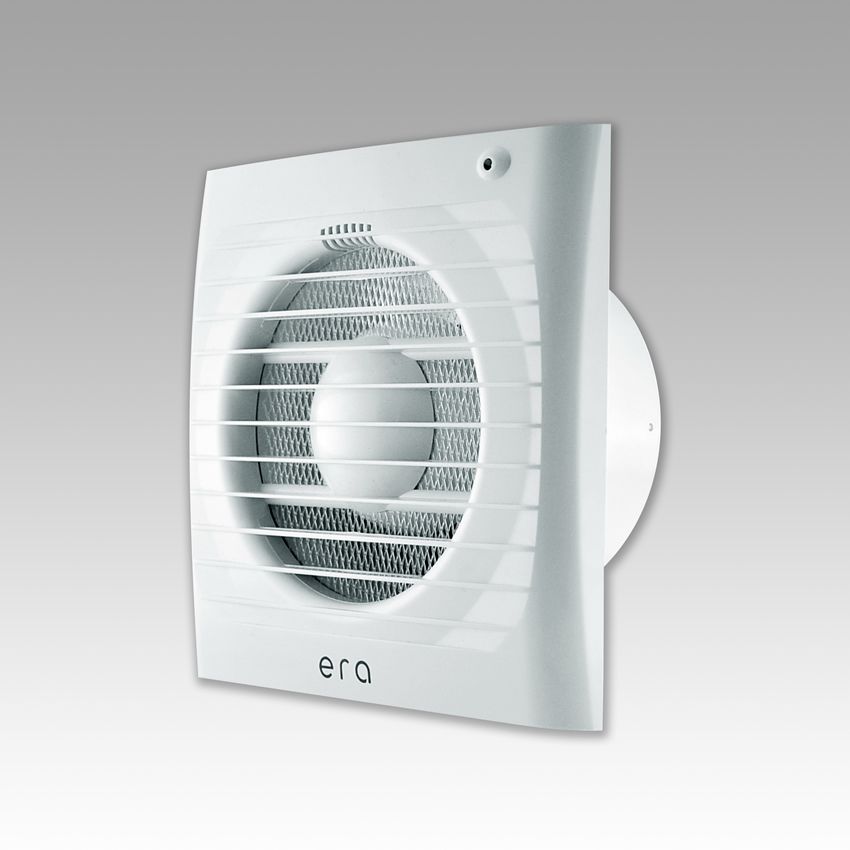Roof fan for extractor hood
Fans appeared in our everyday life a very long time ago and since then they have been increasingly improved and modified. The purpose of this device is high-quality air ventilation in the room. But what is it for?
Stagnant, waterlogged and dusty air is harmful to the human body. An exhaust fan is simply irreplaceable in rooms where excess moisture, foreign odors or smoke accumulate. Therefore, high-quality air exhaust is needed in almost every building. Today we will talk about roof fans.
The content of the article
Roof fan for extractor hood
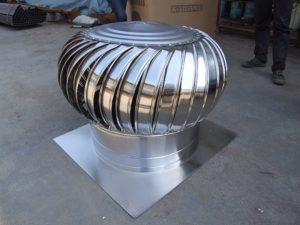 This type of climate control equipment is mounted directly on the roof of buildings. How does it work and what are its main tasks?
This type of climate control equipment is mounted directly on the roof of buildings. How does it work and what are its main tasks?
Main functions of a roof fan:
- elimination of moisture;
- foreign odors;
- smoke;
- gases;
- prevention of mold and mildew.
The device effectively purifies the air in industrial, commercial, office, private and other premises. It provides not only clean air, but also fire safety by preventing or removing smoke from the air. The device can operate in continuous mode or turn on in emergency situations.
Where are roof exhaust fans used?
These universal devices are used everywhere in ventilation systems: in shops, production areas, fitness centers, offices, cottages, warehouses, garages and catering establishments. In private buildings they are necessary in the halls where fireplaces are installed, in the dining room and sanitary area.
Device
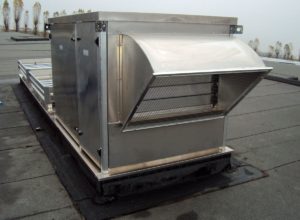 All devices, regardless of the many varieties, consist of 4 main parts: engine, casing, confuser and base.
All devices, regardless of the many varieties, consist of 4 main parts: engine, casing, confuser and base.
They are necessarily equipped with an automatic regulator. The following additional parts can be used: deflector, temperature sensors and others. The operating principle depends on the design of the device impellers.
Types and differences
There are several main types of exhaust fans: axial, centrifugal, radial and diagonal. Each of them has its own characteristics, strengths and weaknesses. Models may also differ in size, performance, power and other characteristics.
There are special devices used in places with open fire and in explosive conditions.
Systems with axle wheels
This is a channel device that transports air along the axis. Used in short air ducts. It is located in the exhaust duct and simultaneously carries out air suction and discharge. Typically, such devices are equipped with backward-curved blades, which increases their performance. Typically, the efficiency of such devices is low, and the noise produced is 30–40 dB. They are used without air ducts mainly for industrial and administrative buildings.
- Cons: can only be used in one-story buildings.
- Pros: easy installation, ease of operation, high efficiency, reliability.
Radial systems
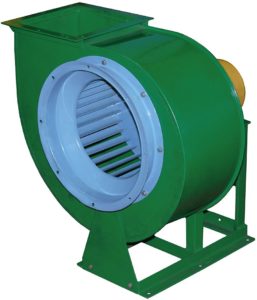 The device wheel consists of an impeller with blades turned forward or backward. If they are made of anti-corrosion material, the device is able to operate in an aggressive environment. The system is effective for smoke removal. The air flow is thrown at an angle of 90 degrees to the axis of rotation of the wheel. The efficiency of this type is higher than axial ones, they are more powerful.
The device wheel consists of an impeller with blades turned forward or backward. If they are made of anti-corrosion material, the device is able to operate in an aggressive environment. The system is effective for smoke removal. The air flow is thrown at an angle of 90 degrees to the axis of rotation of the wheel. The efficiency of this type is higher than axial ones, they are more powerful.
They work even in strong winds. Equipped with a protective cap against atmospheric precipitation. The motor has 2 or 3 speed, which is convenient for adjusting performance in different conditions. Some models allow you to reduce the power consumption of the device by adjusting the motor speed.
Diagonal systems
The intake of air masses in such systems occurs along the axis, but the ejection is carried out diagonally due to the special shape of the working blades of the wheel.
Centrifugal system
It differs from others in the use of centrifugal force. The devices discharge air at an angle of 90 degrees to the axis of the ventilation duct. Functions efficiently even in windy conditions.
- Disadvantages: cannot be used in houses and cottages, produces a lot of noise, cannot work with aggressive environments.
- Pros: high performance, possible use in multi-story buildings.
How to choose a roof fan for an exhaust hood
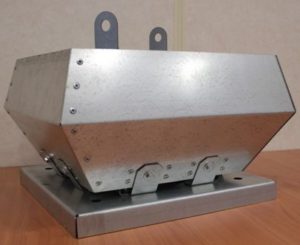 Before purchasing equipment, consider where and what it will be used for. After all, the effectiveness of its functioning depends on how correctly the type of device is chosen, as well as proper installation.
Before purchasing equipment, consider where and what it will be used for. After all, the effectiveness of its functioning depends on how correctly the type of device is chosen, as well as proper installation.
When choosing a roof fan you need to consider:
- number of storeys of the building;
- volume of expected load;
- installation location;
- device power and performance;
- terms of Use;
- functionality;
- noise level;
- availability of protection from aggressive environments;
- manufacturer and reviews.
The cost of industrial-type units and those used for private buildings differs tenfold. Choose models without overpaying for unnecessary features and power.
Basic rules for installing roof exhaust fans
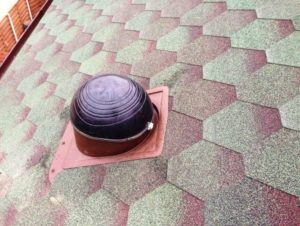 A significant advantage of such fans is their installation on the roof, outdoors. This helps save usable space and does not disrupt the design. There are no air ducts or their length is insignificant.
A significant advantage of such fans is their installation on the roof, outdoors. This helps save usable space and does not disrupt the design. There are no air ducts or their length is insignificant.
Installation rules:
- Preparing a reliable base for installation and holes.
- Preliminary waterproofing of concrete or brick base.
- Installation of the glass.
- Place a fan with a valve in it vertically.
- Installation of special insulated deflectors at the outlet to protect against snow.
- Seal gaps and edges with sealant. It is possible to make a cement screed and waterproofing.
We advise you to entrust the installation of ventilation equipment to a specialist, since the efficiency of its operation will depend on the quality.
This climate control equipment is necessary to maintain a healthy indoor microclimate, prevent air stagnation and fire safety. Clean air is the key to good health and longevity.

